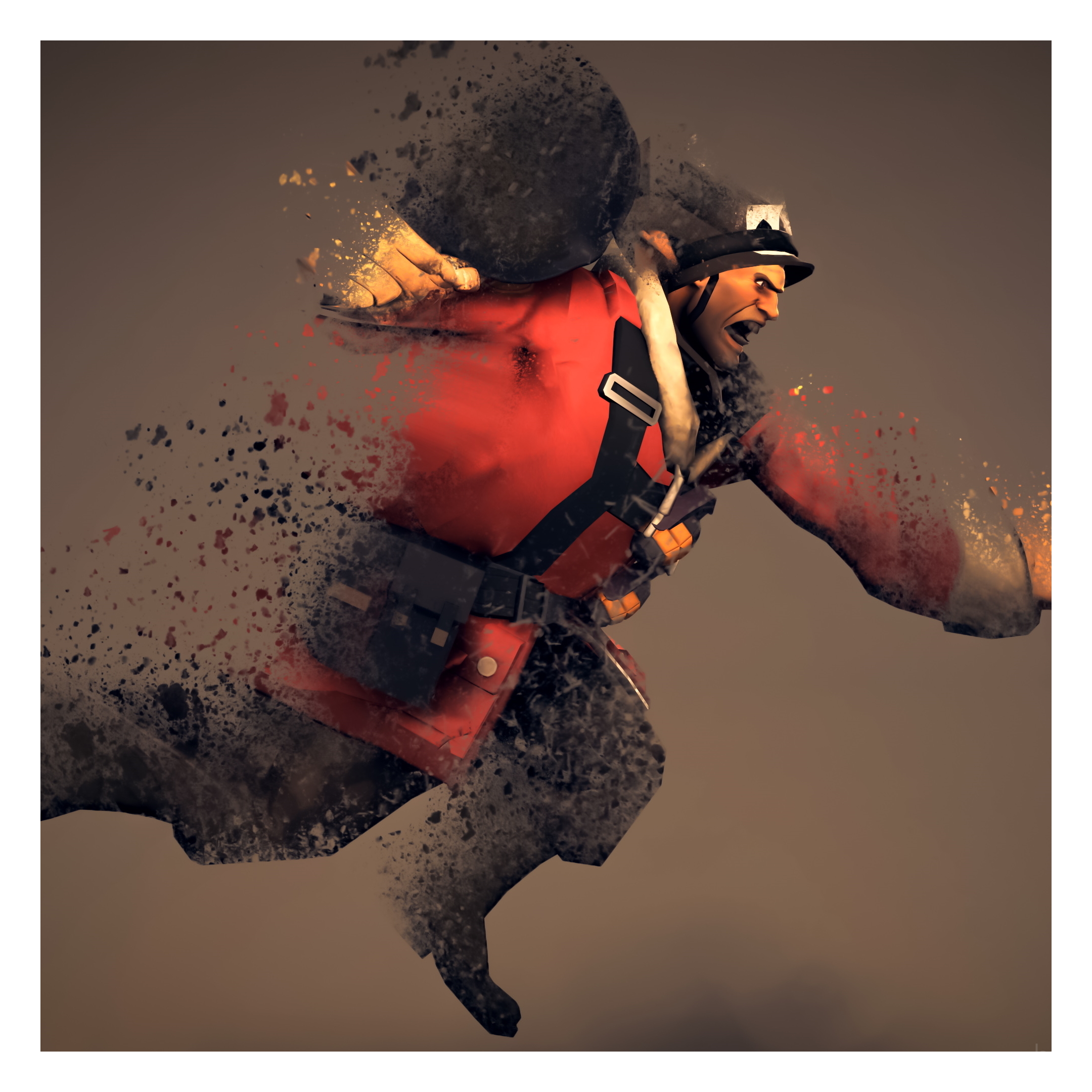Overview
An in depth guide to what makes a good poster.
Setting up the scene
In the world of pictures, there are 3 very important things:
– Foreground
– Background
– Subject
The general rule for pictures is to clean up the foreground and put anything interesting that isn’t the subject in the background.
The subject should be in the middleground where it can be clearly seen. The subject of the picture should stand out from the rest of the image. It should be bright, well lit, and be very visible. If your subject is hard to see because it is blocked by something or it is too dark or too bright, you have a problem that needs to be fixed. If it is too dark or too bright, manipulate the lights so that it is perfectley lit.
If it is blocked by something, move that something. You generally shouldn’t have anything in your foreground.
Subject placement
To make a picture apealing, the subject generally should never go in the center of the frame. Instead, place it on either the bottom left or right of the image.
The rule of thirds governs where your subject should be placed.
Imagine splitting the image into 3 equal parts vertically and horizontally with lines.

Lighting
Lighting in SFM is very important. It sets the mood of the picture and it helps contrast objects from its surroundings.
In general, you want the subject to be well lit with 4-5 lights.
The 3 lights in front light up the subject and are usually a must need.
The 2 lights in the back are backlights used to create a glow effect on the subject (1 or 2 backlights only!)
Sometimes, the background needs to be lit up to add to the image.
For example,

Fully lighting the subject can sometimes be bad though.
For example,

Patience
Sometimes, you just need some patience to make a good image. Posing in SFM is hard with the general nature of posing each limb with a mouse. Sometimes, you look at the image and the poses just dont look natural but you don’t know what’s wrong with it.
My advice is this:
Take time and think it through. Do the pose yourself or imagine it in your head. Sometimes, there are poses that have small details that we don’t usually notice. These small details can sometimes be the difference between a pose that looks awkward and a pose that is unbelievably natural.
Before you render the picture…
Before you export the image, be sure to do the following things:
- Right click in the main viewport > Render Settings. Set Depth of Field to 1024(override). Set motion blur to off. Set Ambient Occlusion to On and set Ambien Occlusion Mode to AO only. This will improve your picture quality over all.
- Go to File > Export > Movie. Exporting it as a movie will enable bloom and improve your lighting.
- For the movie export settings, do the following:
- Export as Image Sequence
- Format is PNG
- Resolution set to 2160p (You will need to put -sfm_resolution 2160 -w 3840 -h 2160 in your launch settings)
- And for duration set to Frames and choose which frames you want to export
Post Processing
Editing images is like turning a slice of bread into toast. It basically adds “fluff” to it.
There are many ways to edit an image such as photoshop and other photo editing tools, but I will be talking about something simpler. This[www.picmonkey.com] website is a free online editing tool, and it has a very simple UI. However, if you want truly good post processing and color correction, I suggest you use photoshop. If the advanced UI and tools of photoshop scare you, thats fine. For most posters, advanced image manipulation like the kind that phtoshop can provide isn’t necessary. Other simpler, or color correction based programs like Adobe Lightroom CC and even paint.net work just fine too. As long as you have control of things like brightness, contrast, saturation, shadows, highlights, etc. it is fine.
Originality
Remember to always be creative, challenge yourself with new techniques and experiment with different functionalities in both SFM and in Photoshop. Doing something as simple as rotating the camera to have a dutch tilt can add a lot to your poster.
Dont stop trying to improve, and you will eventually become great.




